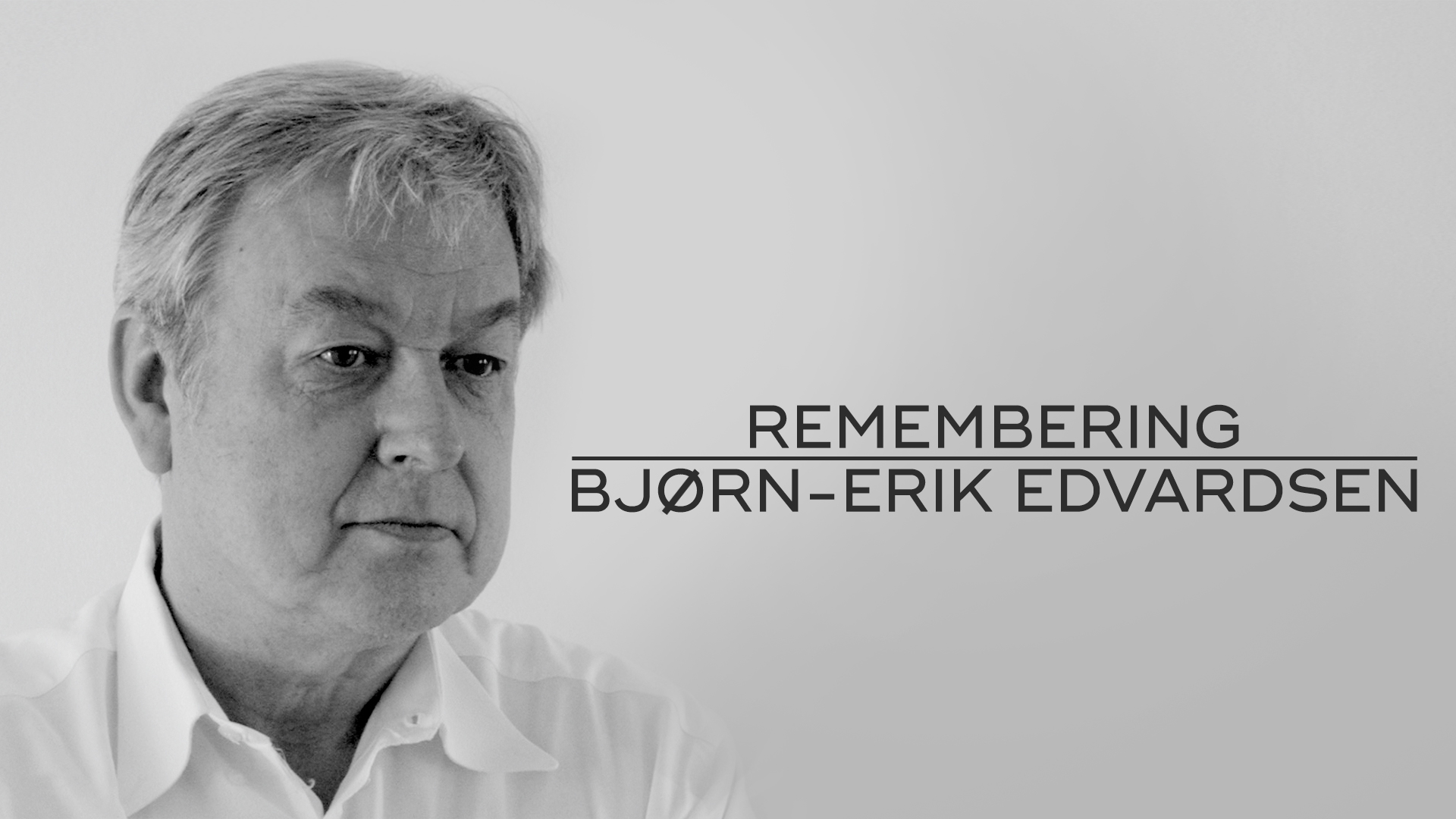Mayank Shah
Well-Known Member
Hello FMs,
Could not find any thread related to NAD and hence initiated one so that fellow FMs can be benefited.
I have been using NAD C326BEE for over 2 months now and pretty much satisfied with the performance. However, Lately, was getting inclined towards TT and hence have decided to go for an entry-level TT from Marantz to satisfy the initial urge and see if this urge is temporary.
After having done my initial research, came across that my amp doesn't have an inbuilt phono stage. Can anyone please advice how do I go about it? Would i need an extra attachment something like below or is there any hack available.
https://www.hifimart.com/nad-pp-4-phono-preamplifier.html?search=nad&description=true
Kindly advice.
Lets use this thread to adress issues related to NAD amp/AVRs if there isnt one already.
Hello All,
I am a very happy and proud owner of the 356 with DAC module, driving Polk Audio RtiA7 since the last 3 years. It sounds so good with the Dali Zensor series too. The setup is in my living cum dining room which is 23 x 16 x 10 feet. It fills the room without a sweat beautifully at 9 - 10 O clock position. Haventdared to go beyond that as its more than enough. That shows the sheer muscle of the NAD.
Unfortunately, since last week, the DAC module stopped working. I will have to open and check the connections or whatever I can do. Currently using Schit Modi Multibit DAC, which also sings very well.
I am experimenting with a tube buffer now and the subtle change in sound signature is awesome. I liked it so much that I have ordered for original matched pair of GE tubes to roll out the stock 6N1 Chinese ones. Have yet to install as I am not in station.
It would be highly appreciated if anyone could help me troubleshoot my 356 DAC module as I feel it has an edge over the Schiit.
Will let you know how it goes after I roll out the tubes. I am also bitten by the TT bug now and looking out for a decent TT, nothing fancy.
Happy listening to all the Naddies. Cheers and Enjoy.


